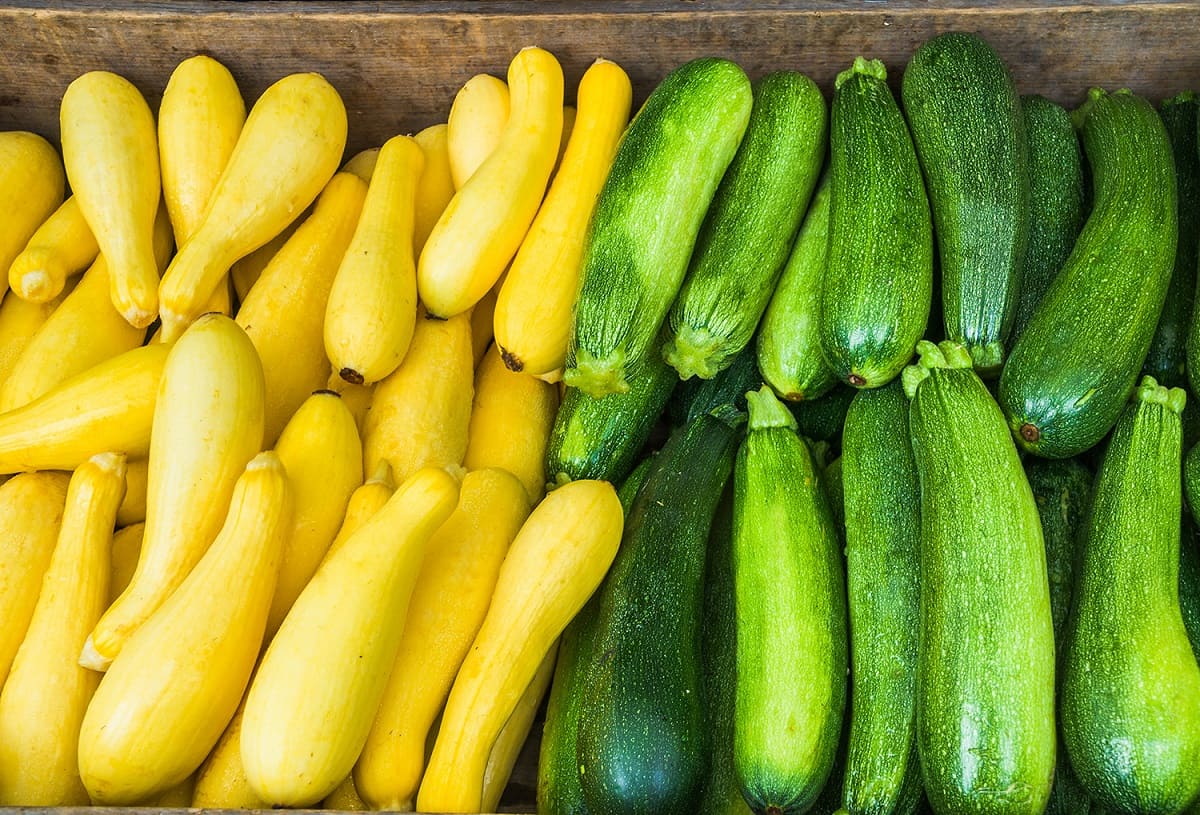

Articles
How To Store Zucchini And Yellow Squash
Modified: October 19, 2024
Learn how to store zucchini and yellow squash properly in this informative article. Keep your produce fresh and avoid waste with these helpful tips.
(Many of the links in this article redirect to a specific reviewed product. Your purchase of these products through affiliate links helps to generate commission for Storables.com, at no extra cost. Learn more)
Introduction
Welcome to the world of zucchini and yellow squash storage! If you’re a fan of these versatile and delicious vegetables, you’ve probably found yourself faced with a surplus during peak harvest times. How can you make the most of your bountiful harvest and ensure that your zucchini and yellow squash stay fresh and delicious for as long as possible? In this article, we’ll explore the best methods for storing zucchini and yellow squash, both short-term and long-term.
Zucchini and yellow squash are popular summer vegetables that are known for their mild flavor and versatility in the kitchen. Whether you’re grilling them, baking them into breads and muffins, or sautéing them in a stir-fry, these veggies are a staple in many households.
Harvesting zucchini and yellow squash from your own garden or purchasing them from a local farmer’s market means you’ll have access to fresh, flavorful produce. However, it’s important to store these vegetables properly to maintain their quality and prevent spoilage.
In the following sections, we’ll cover everything you need to know about harvesting zucchini and yellow squash, preparing them for storage, short-term storage options, long-term storage options, extending their shelf life, preventing spoilage and mold growth, and even creative ways to use stored zucchini and yellow squash. By the end of this article, you’ll be equipped with all the knowledge and tips you need to make the most of these vibrant vegetables.
Key Takeaways:
- Make the most of your zucchini and yellow squash harvest by harvesting at the right time, preparing them for storage, and utilizing short-term and long-term storage options to preserve their freshness and flavor.
- Extend the shelf life of your stored zucchini and yellow squash by following proper storage techniques, preventing spoilage and mold growth, and getting creative with innovative and delicious recipes to make the most of your harvest.
Harvesting Zucchini and Yellow Squash
Before we dive into the storage methods, let’s first talk about how to properly harvest zucchini and yellow squash. Harvesting at the right time is crucial to ensure that your vegetables are at their peak freshness and flavor.
Zucchini and yellow squash are best harvested when they are still young and tender. These vegetables grow rapidly, so it’s important to keep an eye on them and harvest them frequently to avoid oversized and tough fruits.
When harvesting zucchini and yellow squash, look for fruits that are about 6 to 8 inches long and have a shiny, smooth skin. Avoid fruits that are overly large or have a dull, wrinkled appearance, as they can be tough and less flavorful.
To harvest zucchini and yellow squash, simply use a sharp knife or garden shears to cut the fruits from the plant. Make a clean cut near the stem, leaving a short bit of stem attached to the fruit. Be careful not to damage the plant or other growing fruits in the process.
It’s important to note that zucchini and yellow squash can be harvested at different sizes depending on your preference. If you prefer smaller, more tender fruits, harvest them when they are around 4 to 6 inches long. If you prefer larger fruits for stuffing or grilling, you can wait until they reach 8 to 10 inches in length.
Remember to handle the harvested fruits with care to prevent any bruising or damage. Place them gently into a basket or container, making sure not to pile them on top of each other.
Now that you know the basics of harvesting zucchini and yellow squash, let’s move on to the next step: preparing these vegetables for storage.
Preparing Zucchini and Yellow Squash for Storage
Properly preparing zucchini and yellow squash for storage is essential to maintain their quality and extend their shelf life. Follow these steps to ensure that your vegetables stay fresh and delicious for as long as possible:
1. Clean the vegetables: Start by gently rinsing the zucchini and yellow squash under cool running water. Use a soft brush or a cloth to remove any dirt or debris from the skin.
2. Trim the ends: Next, trim off the ends of the vegetables. Cut off the stem end and the tip, but avoid cutting too much into the flesh of the vegetable.
3. Choose your storage method: Depending on how you plan to use your zucchini and yellow squash, you can choose between short-term or long-term storage options. Short-term storage is ideal if you plan to use the vegetables within a week, while long-term storage is suitable for preserving them for months.
4. Slice or dice (optional): If you prefer, you can slice or dice the zucchini and yellow squash before storing them. This can make meal preparation more convenient later on. However, keep in mind that sliced or diced vegetables tend to spoil faster than whole ones.
5. Dry the vegetables: Pat the zucchini and yellow squash dry with a clean towel or allow them to air dry before storage. Excess moisture can lead to spoilage and mold growth, so it’s important to remove any water droplets on the surface.
6. Packaging: For short-term storage, place the zucchini and yellow squash in a perforated plastic bag or a loosely sealed plastic container. This allows for some airflow and prevents excessive moisture buildup. For long-term storage, you can blanch the vegetables before freezing or use vacuum-sealed bags to preserve their quality.
7. Store the vegetables: Finally, place the prepared zucchini and yellow squash in the refrigerator for short-term storage or the freezer for long-term storage. Make sure to label the containers or bags with the date to keep track of their freshness.
By following these steps, you can ensure that your zucchini and yellow squash are properly prepared for storage and will stay fresh and flavorful for an extended period of time. Now, let’s explore the different short-term and long-term storage options for these vegetables.
Short-Term Storage Options for Zucchini and Yellow Squash
Short-term storage is the ideal option if you plan to use your zucchini and yellow squash within a week or so. Here are a few short-term storage methods to keep your vegetables fresh:
1. Refrigerator: The refrigerator is the easiest and most common method for short-term storage. Place the zucchini and yellow squash in a perforated plastic bag or a loosely sealed plastic container. This allows for some airflow and prevents excessive moisture buildup. Make sure to keep them in the vegetable crisper drawer, where the temperature and humidity are optimal for preserving freshness.
2. Wrapping in a damp towel: Another option is to wrap the zucchini and yellow squash in a damp (not wet) towel. The moisture from the towel helps to maintain the vegetables’ hydration and freshness. Place the wrapped vegetables in a plastic bag or container and store them in the refrigerator.
3. Glass containers with water: For an extra boost of freshness, you can store the zucchini and yellow squash in glass containers with a small amount of water. This method helps to maintain the vegetables’ moisture level and can extend their shelf life slightly. Just be sure to change the water every day to prevent bacterial growth.
4. Storing in the coldest part of the refrigerator: If you have a designated spot in your refrigerator that tends to be colder than the rest, such as the back or bottom shelf, place the zucchini and yellow squash there. The colder temperature can help to slow down the spoilage process and extend their freshness.
When using any of these short-term storage methods, it’s important to check on the zucchini and yellow squash regularly. Remove any fruits that show signs of spoilage, such as mold or soft spots, to prevent them from affecting the rest.
Now that you know the short-term storage options, let’s explore the long-term storage methods for zucchini and yellow squash.
Long-Term Storage Options for Zucchini and Yellow Squash
If you have a surplus of zucchini and yellow squash that you’d like to preserve for a longer period, long-term storage methods are your best bet. Here are a few options to consider:
1. Freezing: Freezing is one of the most popular long-term storage methods for zucchini and yellow squash. To freeze these vegetables, start by blanching them in boiling water for a couple of minutes. Then, quickly transfer them to an ice water bath to stop the cooking process. Drain the vegetables and pat them dry before packaging them in airtight freezer bags or containers. Label the bags with the date and freeze them for up to 10-12 months. Remember to remove as much air as possible from the bags to prevent freezer burn.
2. Vacuum sealing: Vacuum sealing is an excellent option for preserving the quality and flavor of zucchini and yellow squash. This method involves removing air from the packaging to prevent oxidation and freezer burn. After blanching and drying the vegetables, place them in vacuum-sealed bags or containers. Use a vacuum sealer to remove air and seal the bags tightly. Vacuum-sealed zucchini and yellow squash can last for a year or more in the freezer.
3. Dehydrating: Dehydrating zucchini and yellow squash is another great way to extend their shelf life. Slice the vegetables into thin, even pieces and arrange them on dehydrator trays or baking sheets. Dry the slices at a low temperature (around 125°F or 52°C) until they become crispy and brittle. Once fully dehydrated, store the zucchini and yellow squash in airtight containers or vacuum-sealed bags. Dehydrated vegetables can be rehydrated when needed or added directly to soups, stews, and other dishes.
When using long-term storage methods, it’s important to label the packages with the date to keep track of their freshness. Additionally, make sure to store the zucchini and yellow squash in a freezer or pantry area where the temperature remains consistently cold or dry.
With these long-term storage options, you can enjoy the flavors of zucchini and yellow squash throughout the year, even when they’re not in season. Now, let’s move on to some tips for extending the shelf life of your stored vegetables.
Store zucchini and yellow squash in the crisper drawer of the refrigerator, unwashed and in a perforated plastic bag. They should last for up to a week when stored this way.
Read more: How To Store Zucchini
Tips for Extending the Shelf Life of Zucchini and Yellow Squash
Once you’ve stored your zucchini and yellow squash using the appropriate methods, there are a few additional tips you can follow to further extend their shelf life:
1. Keep them dry: Moisture is the enemy when it comes to preserving fresh vegetables. Make sure to keep your stored zucchini and yellow squash as dry as possible. Remove any excess moisture before storing them and avoid storing them in a humid environment.
2. Check regularly: Regularly check your stored vegetables for any signs of spoilage. Remove any fruits that have soft spots or show signs of mold to prevent them from affecting the rest.
3. Use the oldest first: If you stored your zucchini and yellow squash in batches or different containers, make sure to use the oldest ones first. This will help you prevent any unnecessary waste and ensure that you enjoy the freshest produce available.
4. Avoid rough handling: Handle your stored vegetables with care to avoid bruising or damaging them. Rough handling can lead to quicker deterioration and spoilage.
5. Store in small quantities: If possible, store your zucchini and yellow squash in smaller quantities rather than one large batch. This way, you can take out only what you need without exposing the rest to air and moisture.
6. Store separately: Store zucchini and yellow squash separately from other fruits and vegetables. Some produce releases ethylene gas as they ripen, which can speed up the spoilage process for other nearby fruits and vegetables.
7. Consider preservation methods: If you find that you still have an excess of zucchini and yellow squash even after using the storage methods mentioned, consider preserving them through methods like pickling, canning, or making zucchini and yellow squash-based sauces or purees.
By following these tips, you can maximize the shelf life of your stored zucchini and yellow squash, ensuring that they stay fresh and flavorful for as long as possible. Now let’s explore how to prevent spoilage and mold growth, which are common issues when storing these vegetables.
Preventing Spoilage and Mold Growth
One of the biggest challenges when storing zucchini and yellow squash is preventing spoilage and mold growth. Here are some measures you can take to safeguard your stored vegetables:
1. Proper ventilation: Adequate airflow is crucial in preventing moisture buildup, which can lead to mold growth. Whether you’re storing the vegetables in the refrigerator or in a pantry, ensure that there is sufficient ventilation to prevent condensation and excess moisture.
2. Regular inspection: Regularly inspect your stored zucchini and yellow squash for any signs of spoilage or mold. Check for soft spots, discoloration, or an unpleasant odor. If you notice any of these signs, remove the affected fruits immediately to prevent the spread of mold to other vegetables.
3. Dry storage: If you’re storing your vegetables in a pantry or root cellar, make sure the area is cool, dry, and well-ventilated. High humidity can promote mold growth, so it’s important to monitor the moisture levels in the storage space.
4. Clean storage containers: Ensure that the containers or bags used for storage are clean and dry before placing the vegetables in them. Any residual moisture or dirt can accelerate the growth of mold and spoilage.
5. Use vinegar or lemon juice: Before storing zucchini and yellow squash, you can gently wipe them with a diluted solution of vinegar or lemon juice. This can help inhibit the growth of mold and bacteria on the vegetable’s surface.
6. Separate damaged fruits: If you notice any bruised or damaged zucchini and yellow squash, use them first or separate them from the rest. Damaged fruits are more susceptible to mold and spoilage, so it’s best to use them before they contaminate the others.
7. Don’t wash before storing: It’s best to avoid washing zucchini and yellow squash before storing them, especially if you’re using long-term storage methods. The moisture from washing can increase the chances of mold growth and spoilage.
By following these guidelines, you can significantly reduce the risk of spoilage and mold growth, ensuring that your zucchini and yellow squash stay fresh and safe to consume. Now, let’s explore some creative ways to use your stored vegetables.
Creative Ways to Use Stored Zucchini and Yellow Squash
Having a stash of stored zucchini and yellow squash opens up a world of culinary possibilities. Here are some creative and delicious ways to make the most of your stored vegetables:
1. Zucchini and Yellow Squash Noodles: Use a spiralizer or a vegetable peeler to create zucchini and yellow squash “noodles.” These noodles can be used as a healthy and low-carb alternative to pasta in dishes like stir-fries, salads, or even as a base for a vegetable-packed pasta sauce.
2. Zucchini and Yellow Squash Soup: Blend together cooked zucchini and yellow squash with onions, garlic, vegetable broth, and your choice of herbs to create a flavorful and comforting soup. Garnish with fresh herbs and a drizzle of olive oil for added deliciousness.
3. Stuffed Zucchini and Yellow Squash: Cut the zucchini and yellow squash in half lengthwise, scoop out the seeds, and fill them with a savory mixture like quinoa, cheese, herbs, and vegetables. Bake them until tender and enjoy a delectable stuffed vegetable dish.
4. Grilled Zucchini and Yellow Squash Skewers: Cut the vegetables into chunks and skewer them with your favorite protein or other vegetables. Brush with olive oil, sprinkle with seasonings, and grill until tender and lightly charred. The smoky flavors will add a delicious twist to the zucchini and yellow squash.
5. Zucchini Bread and Yellow Squash Muffins: Use your stored zucchini and yellow squash in baked goods like bread, muffins, or even cakes. Grate the vegetables and incorporate them into the batter for a moist and flavorful treat. Add in nuts, chocolate chips, or spices for an extra touch of indulgence.
6. Zucchini and Yellow Squash Fritters: Combine grated zucchini and yellow squash with eggs, flour, and seasonings to make tasty fritters. Fry them until golden brown and serve as a side dish or as a delicious vegetarian burger patty alternative.
7. Zucchini and Yellow Squash Ratatouille: Slice the zucchini and yellow squash along with other vegetables like eggplant, bell peppers, and tomatoes. Layer them in a baking dish, drizzle with olive oil, sprinkle with herbs, and bake until the vegetables are tender and have a rich and savory taste.
These are just a few examples of the many ways you can utilize your stored zucchini and yellow squash. Get creative in the kitchen and experiment with different recipes and flavor combinations to make the most of your harvest.
Now that you’re armed with creative ideas, it’s time to put your stored zucchini and yellow squash to delicious use. By following the storage and usage tips mentioned in this article, you can enjoy the flavors of summer’s bounty long after the harvest season has ended.
Conclusion
Storing zucchini and yellow squash properly is key to preserving their freshness and flavor long after they are harvested. Whether you have a surplus from your garden or want to take advantage of seasonal abundance, knowing how to store these vegetables is essential.
In this article, we covered various aspects of storing zucchini and yellow squash, from harvesting to short-term and long-term storage options. We discussed the importance of harvesting at the right time, preparing the vegetables for storage, and explored different methods for both short-term and long-term storage.
We also provided tips for extending the shelf life of zucchini and yellow squash, preventing spoilage and mold growth, and offered creative ideas for using your stored vegetables in delicious and innovative ways.
By following the guidelines and tips in this article, you can maximize the storage life of your zucchini and yellow squash, enjoy their vibrant flavors all year round, and reduce food waste.
Remember to keep your stored vegetables in a cool, dry place or in the refrigerator, and check them regularly for any signs of spoilage. Embrace your culinary creativity and use your stored zucchini and yellow squash in a variety of recipes, from soups and stir-fries to baked goods and grilled dishes.
With these storage techniques and culinary inspiration, you can savor the taste of these versatile vegetables even when they are out of season. So make the most of your zucchini and yellow squash harvests and enjoy their deliciousness throughout the year!
Frequently Asked Questions about How To Store Zucchini And Yellow Squash
Was this page helpful?
At Storables.com, we guarantee accurate and reliable information. Our content, validated by Expert Board Contributors, is crafted following stringent Editorial Policies. We're committed to providing you with well-researched, expert-backed insights for all your informational needs.
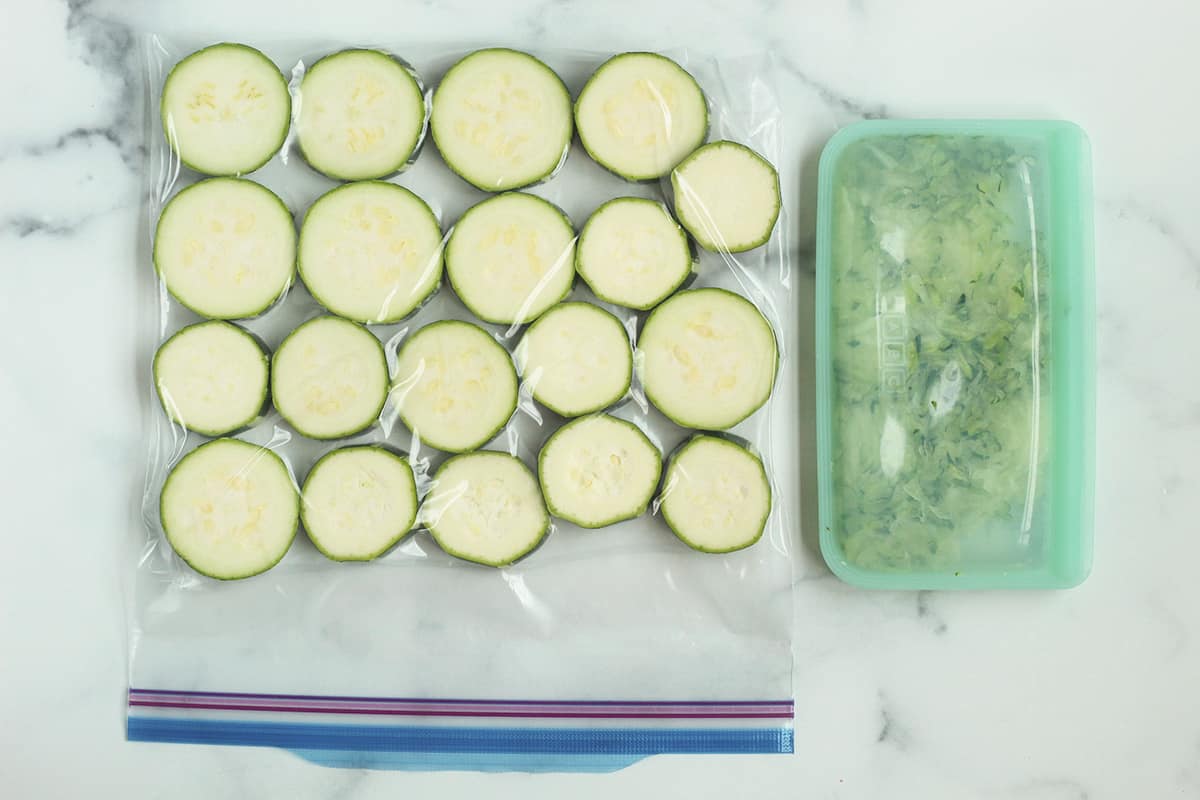
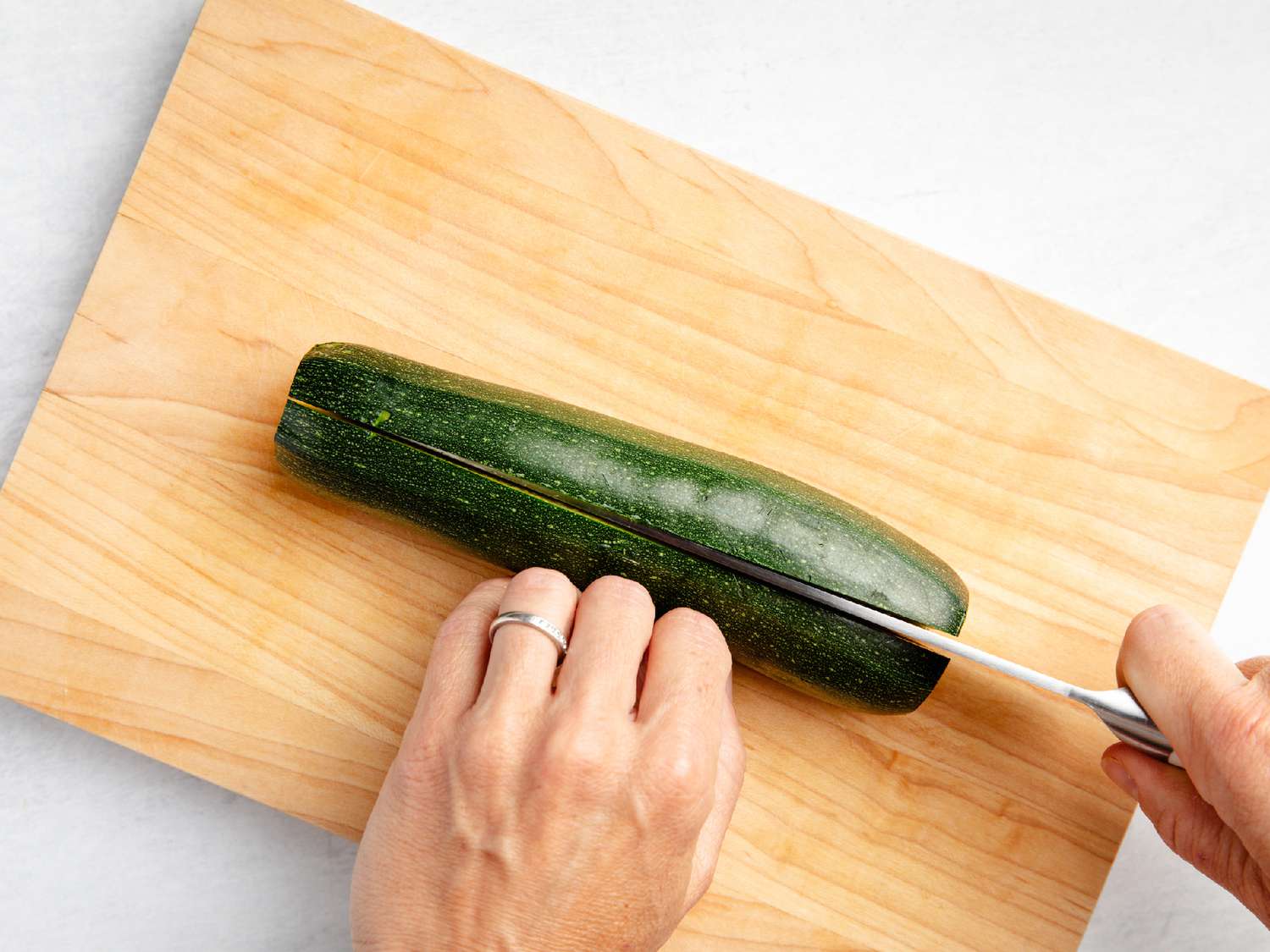
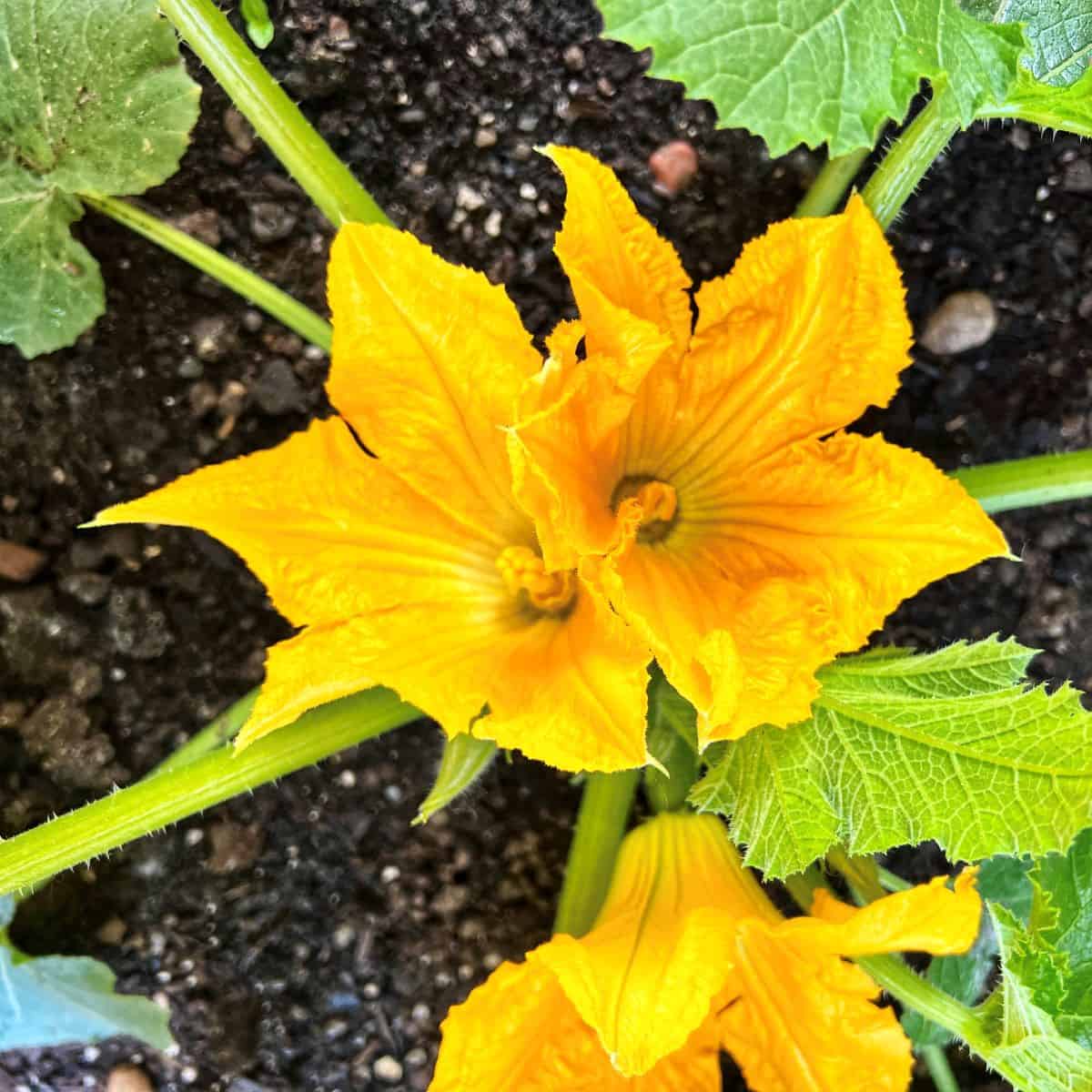
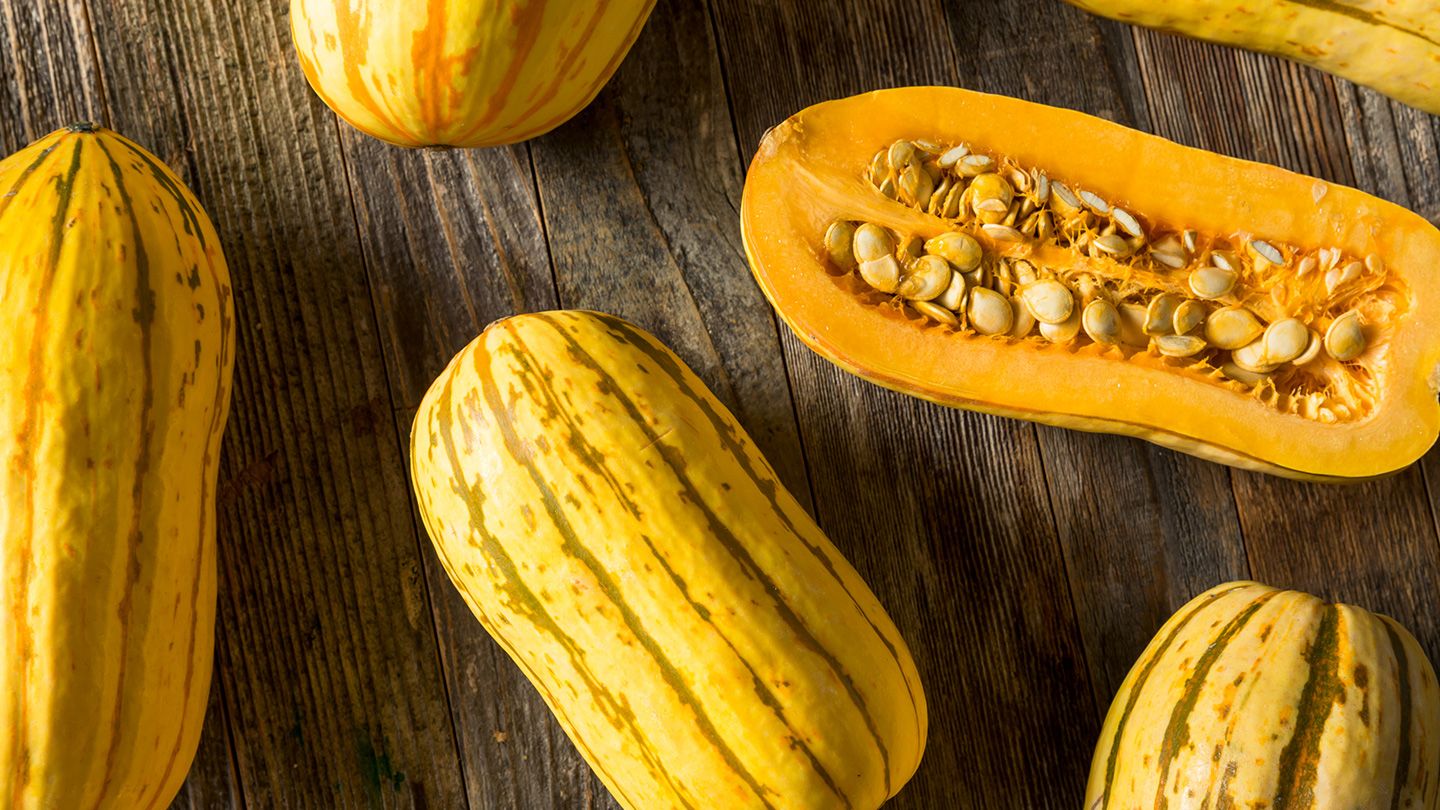
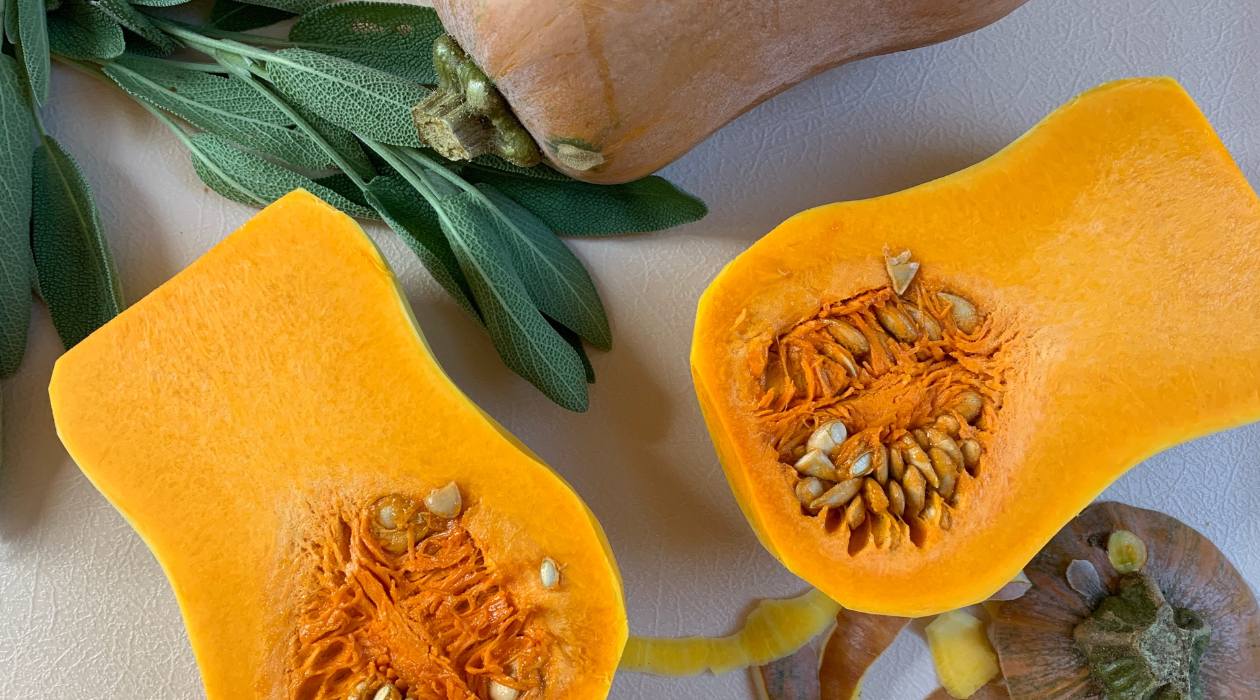
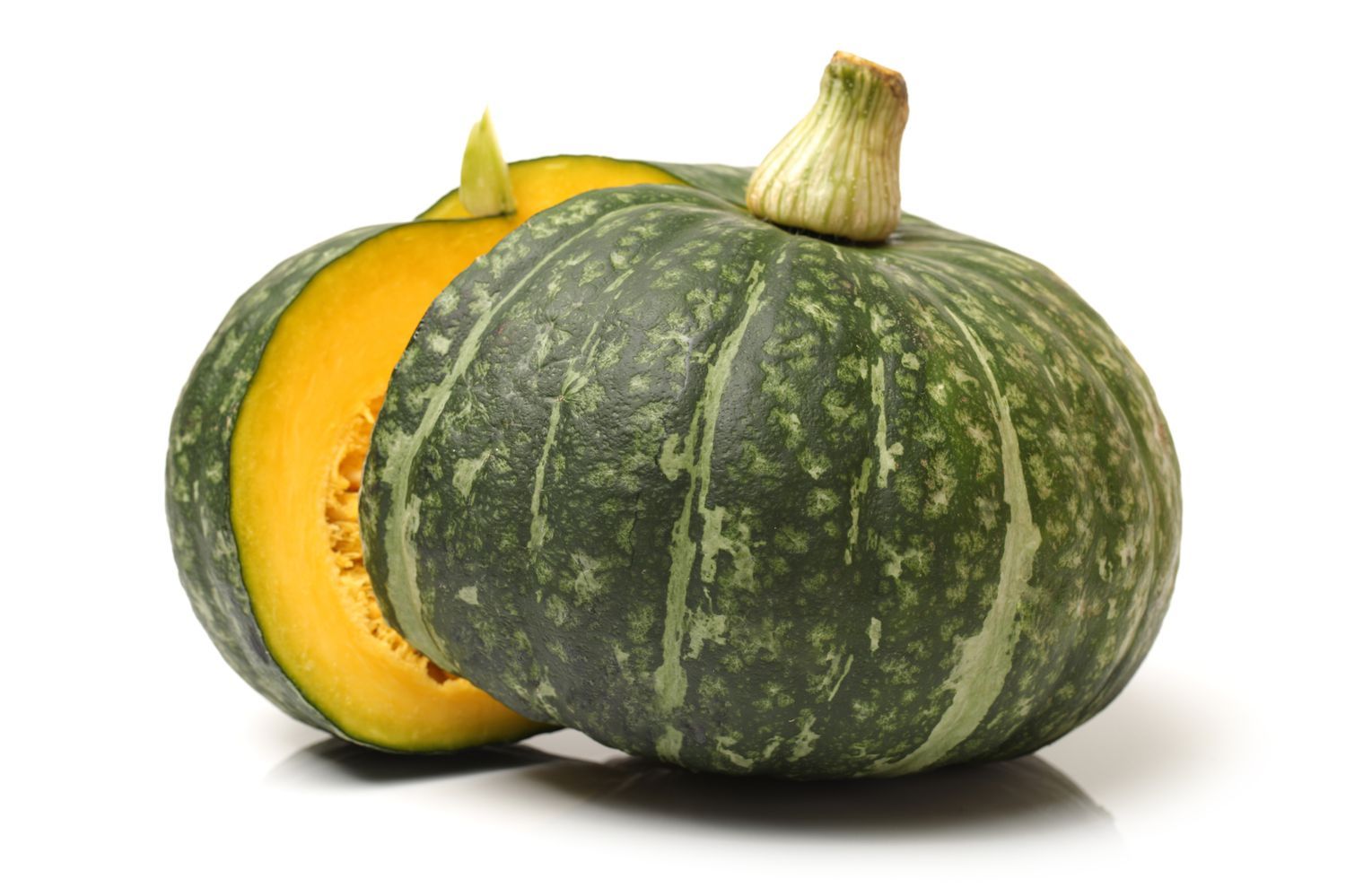
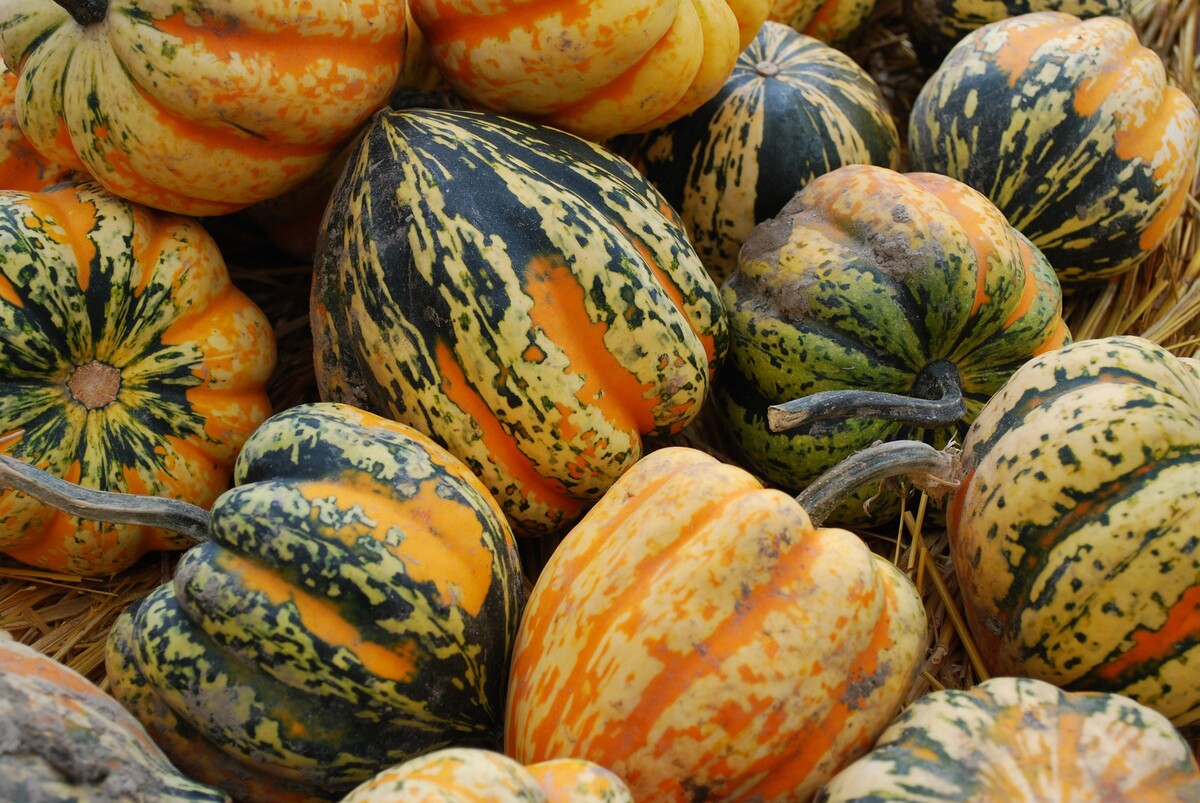
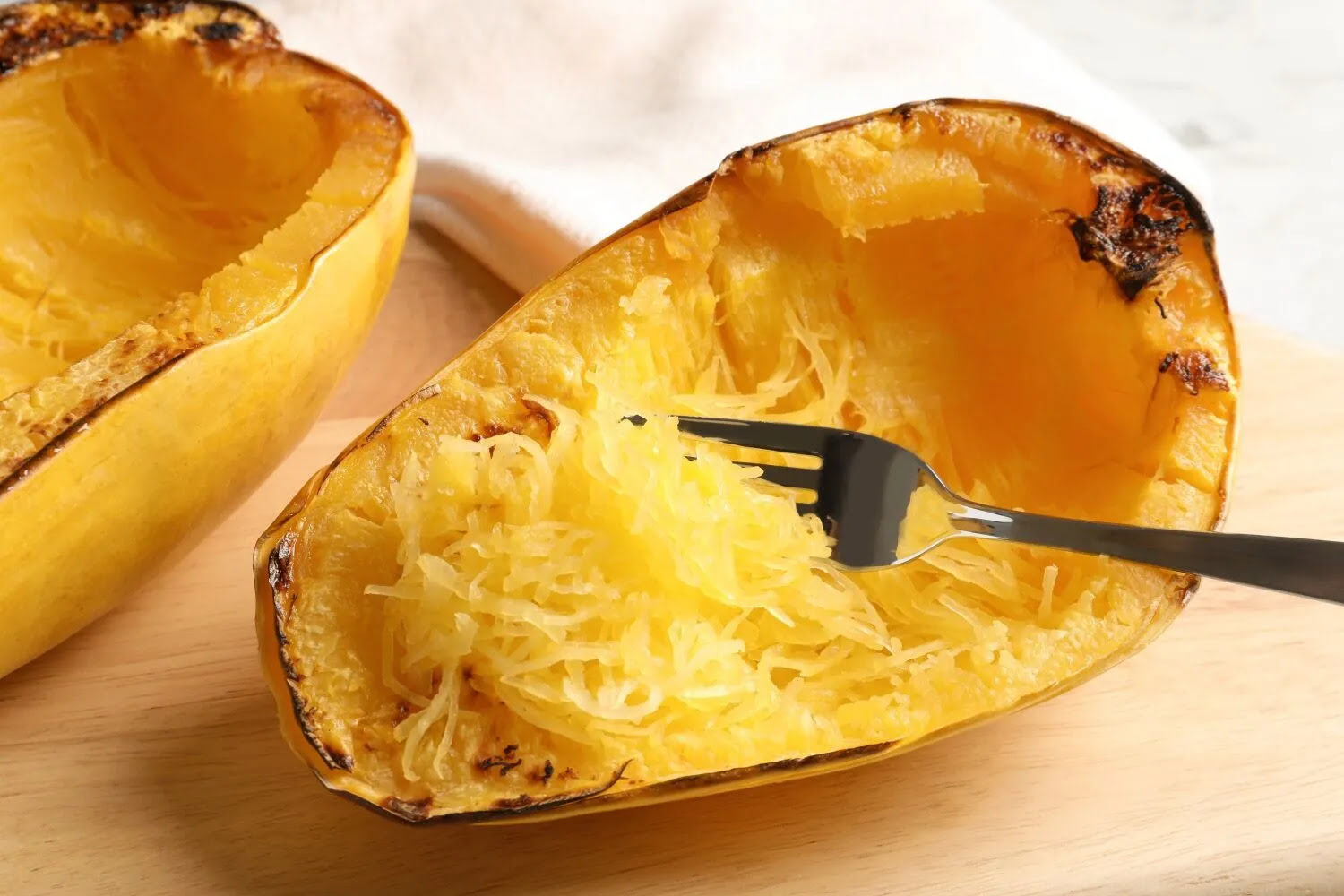
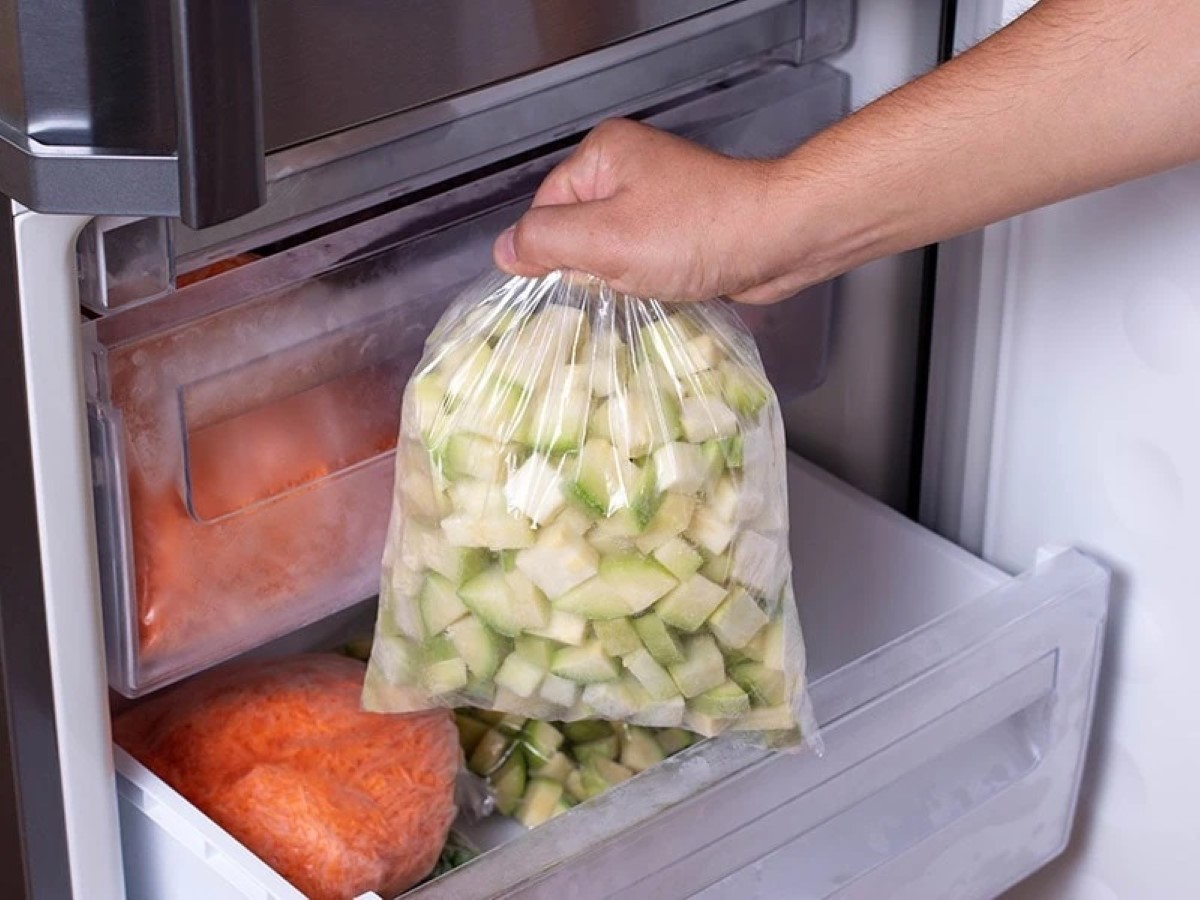
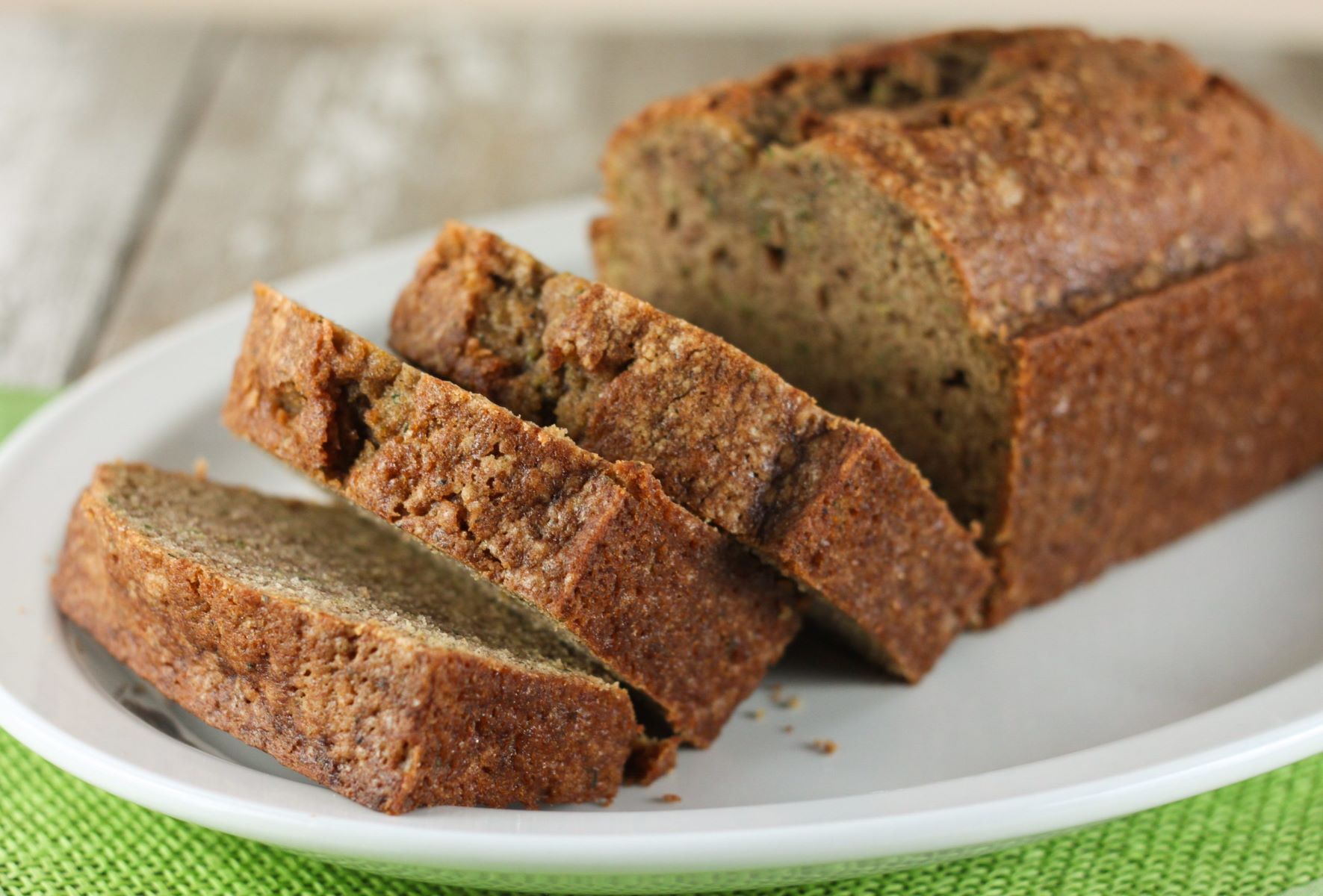
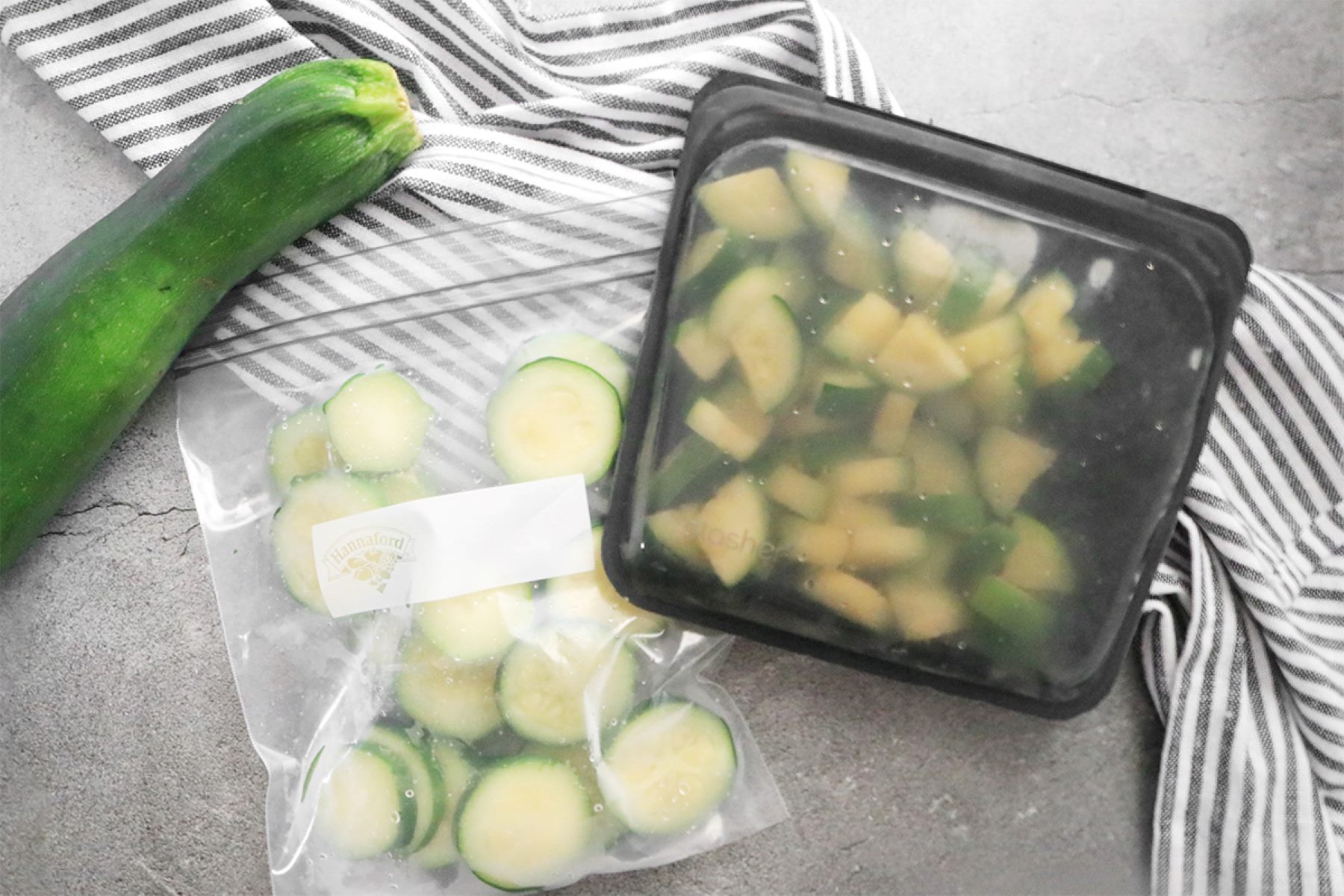
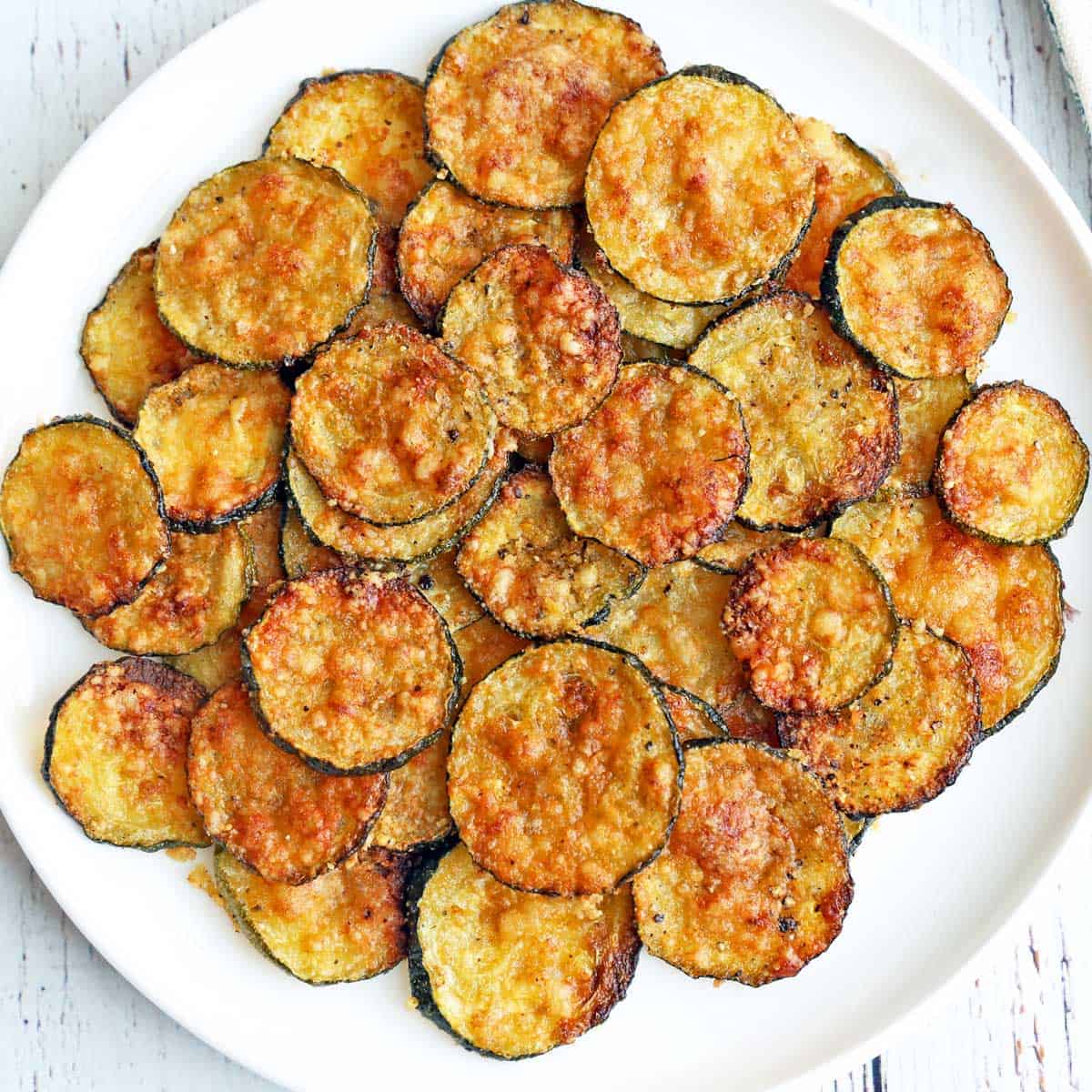
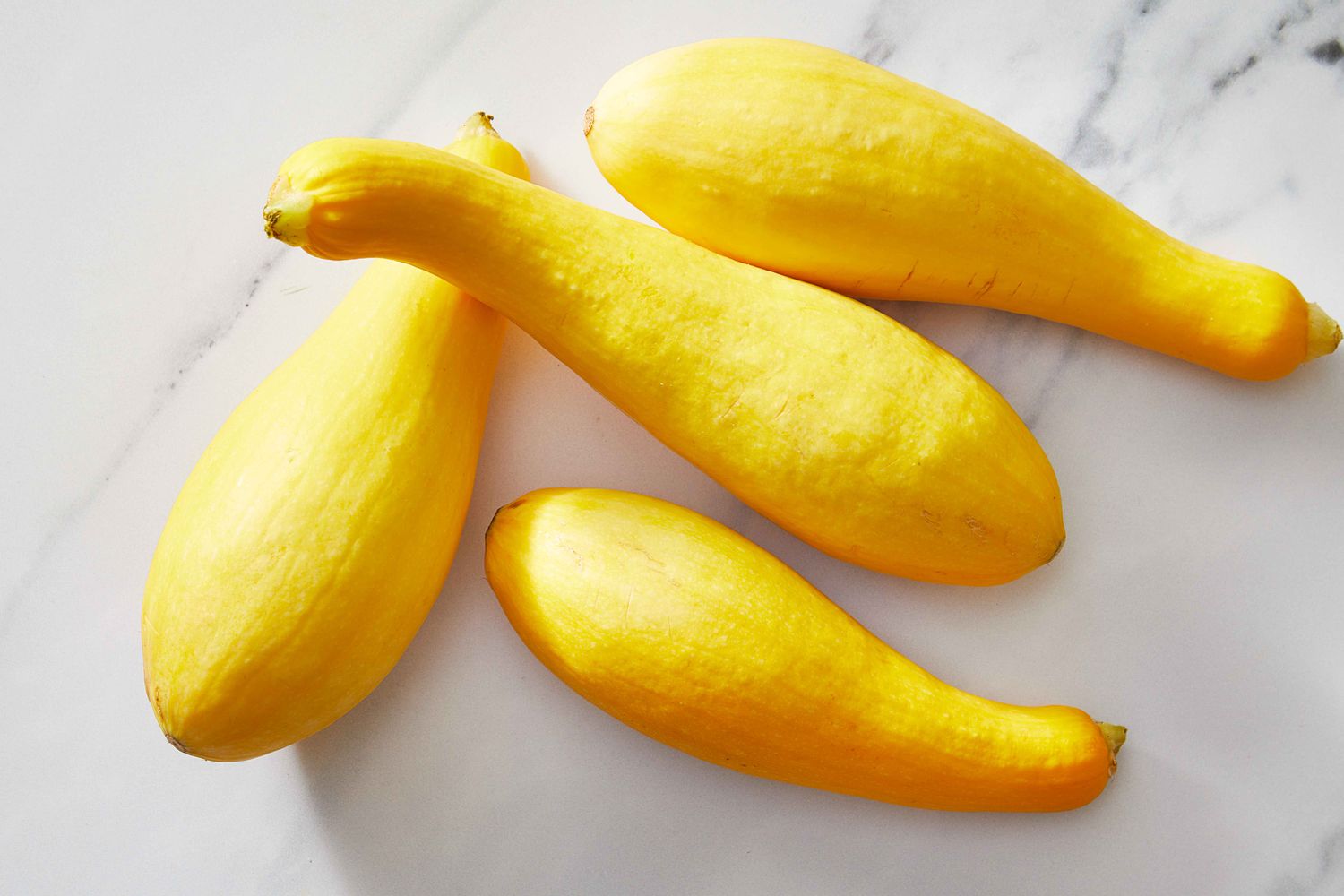
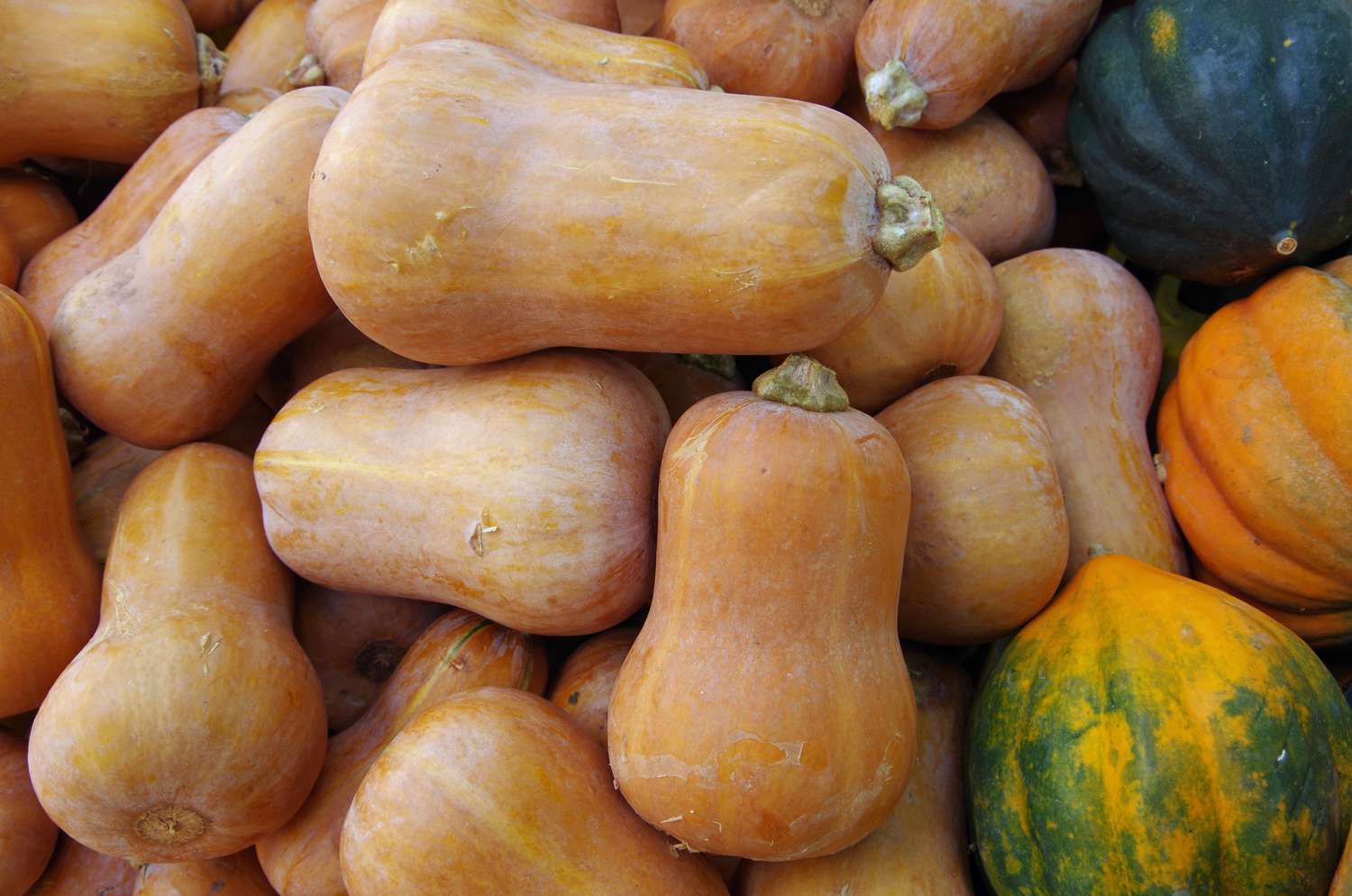

0 thoughts on “How To Store Zucchini And Yellow Squash”